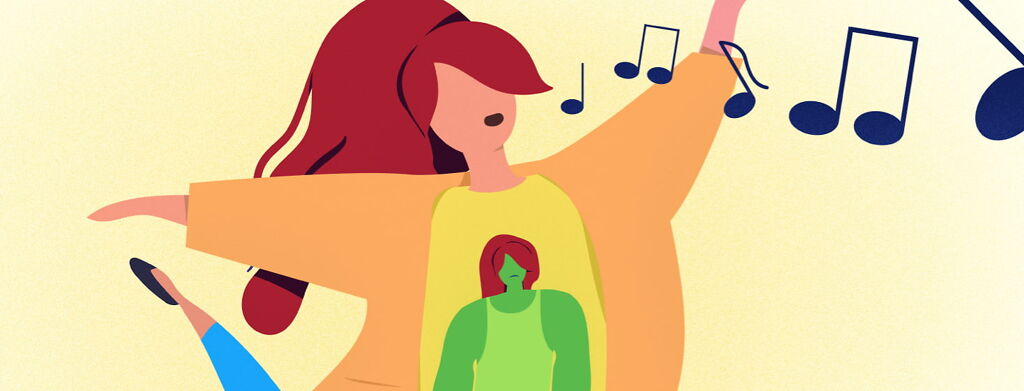My Diagnosis Brought Me From Outcast to Impact
Getting diagnosed with familial hypercholesterolemia (FH), also known as genetically high cholesterol, at age 17 was not easy. Do you know what else was not easy? Being a freshman in college, away from home, a year and a half after losing a parent to the same condition. I felt like such an outcast.
I was a normal teenager
Before my diagnosis, I was a normal teenager. My friends and I would go to pizza parlors after school, Wendy’s at 2 AM, and eat toaster strudels for breakfast. We’d "change" for gym by putting sweatpants on over our jeans. We were all healthy from the outside. Some of my friends were talented athletes. Others, incredible dancers. Others, just naturally petite with fast metabolisms.
Health was never even a thought.
Until it had to be.
The normal was stripped away
Just a year after losing my Mom, I was diagnosed with familial hypercholesterolemia, the same condition that took her life. The diagnosis came as I was getting my physicals before leaving for college.
It was like another avalanche came down on my already-rocked world — one moment I was a carefree teenager, another moment a motherless teenager, and another moment, a motherless teenager with a chronic health condition. The normal was stripped away.
The grief that came with going off to college
I felt confused. Alone. Scared. Sad. I felt everything but normal. But I had committed to Cortland, committed to rooming with one of my best friends, and had decided on my major. "I’m doing this," I promised myself.
I didn’t realize how hard it was until I was there. There was a level of grief that came with going away to college as a freshman; every bit of normalcy left was gone. My high school friends were scattered around the country, I had a completely new home, and I no longer had a car or a fridge filled with home-cooked meals. So much of what I once had, what was once so safe, was gone. And the feelings of grief were exacerbated by the grief of losing my Mom.
The only place I felt like I fit in
But there was another layer of fresh grief that I was navigating, too. The normalcy of life before my diagnosis. While my college friends ate fast food and drank alcohol, I picked at soggy lettuce. Everything they ate, I couldn’t. It was dangerous for me. It was bad for my heart.
While they went out late to parties, I woke up early to go to Zumba. It was the only place I felt like I fit in. I loved dancing, and in that room, everyone got lost in the music. I’d show up early to get a spot in the front row, to see myself in the mirror as someone who finally fit in.
Becoming a certified fitness instructor
Zumba was an outlet for me, but it was also something that started the ripple effect of my career. When I was dancing, I was conditioning my heart, something so beneficial for someone with a family history of heart disease. I fell deeply in love with that strength and power, and when I ultimately decided to transfer back home, I took Zumba with me.
I became a certified fitness instructor and taught dance fitness, using similar choreography to what I learned away at school. I built a community of like-minded people who loved dancing as much as I did, and not only did I feel like I belonged, I felt like I was important, truly making a difference in the lives of my students as I made a difference in my own.
Feeling like an outcast led me to where I am today
That feeling of importance propelled me deeper into the wellness world, eventually leading to a personal training certification, a CPR instructor certification, a yoga teacher certification, a Lululemon ambassadorship, and the opening of 2 yoga studios.
Feeling like an outcast was difficult, but it led me to where I am today. And I’m excited to continue on this journey alongside likeminded people.

Join the conversation